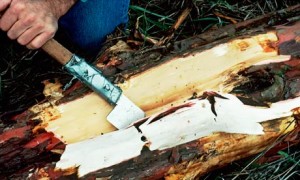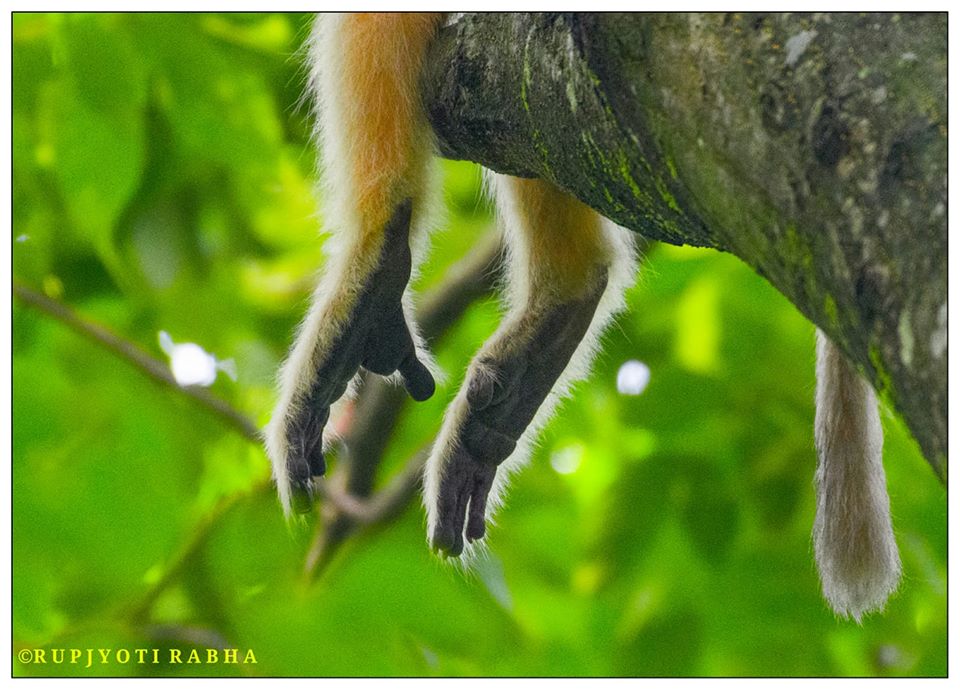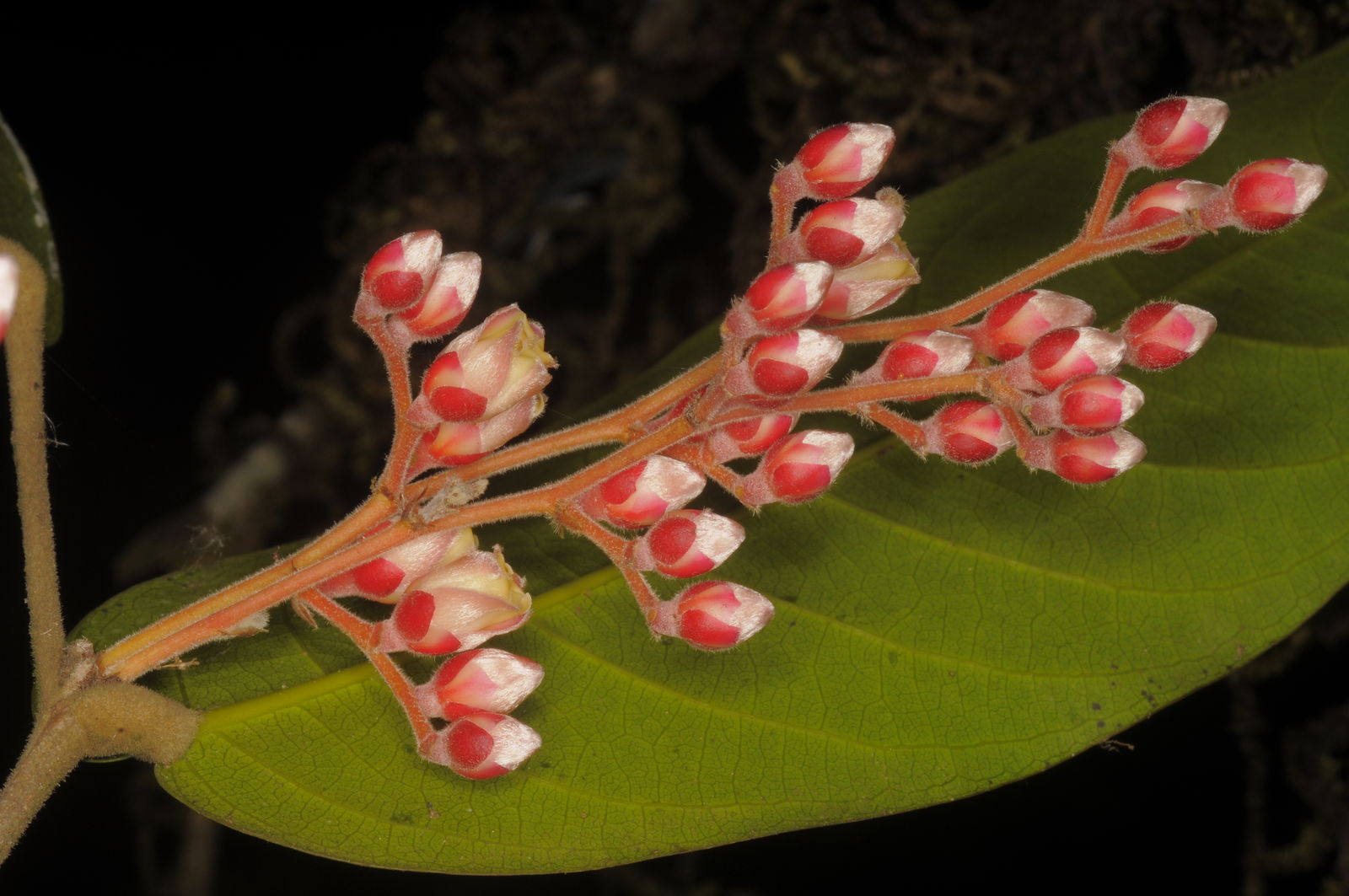 A species of Himalayan Yew Tree that is used to produce a drug called Taxol a chemotherapy drug, is being pushed towards extinction due to overharvesting. Medicinal use and use for fuel is fast depleting the given resource of the tree in India, Afghanistan and Nepal warned scientists.
A species of Himalayan Yew Tree that is used to produce a drug called Taxol a chemotherapy drug, is being pushed towards extinction due to overharvesting. Medicinal use and use for fuel is fast depleting the given resource of the tree in India, Afghanistan and Nepal warned scientists.
In the 2011 IUCN red list for Threatened Species, the yew tree Taxus contorta has been upgraded from the status vulnerable to endangered.
The beneficial drug Taxol was first discovered by a US National Cancer Institute programme in the late 1960s, isolated in the bark of the Pacific yew tree, Taxus brevifolia. Since then all 11 species of yew trees have been found to contain Taxol.
It is currently used in treating patients with lung, ovarian, head, neck and throat cancer.
Scientists say that it is a fact that the manufacturing of this chemotherapy drug triggers the death of already critically vulnerable trees, but they also provide a solution which would protect the remaining population, while also taking care of the fate of ill people and the profit margins of the pharmaceutical industry.
“The harvesting of the bark kills the trees, but it is possible to extract Taxol from clippings, so harvesting, if properly controlled, can be less detrimental to the plants,” said Craig Hilton-Taylor, IUCN red list unit manager.
“Harvest and trade should be carefully controlled to ensure it is sustainable, but plants should also be grown in cultivation to reduce the impact of harvesting on wild populations,” he added.
According to IUCN, Taxus contorta has undergone a recent, rangewide population decline of at least 50 %. The causes of the decline are varied, ranging from over-exploitation associated with medicinal use to overcollection for fuelwood and fodder. The decline is continuing and while the causes are largely understood, in many areas they will not be reversible. On this basis an assessment of Endangered is warranted.
The IUCN further states that in NW India and Nepal the population is estimated to have declined by up to 90% due to harvesting for medicinal use. Harvesting of the wild tree which is found in Himachal Pradesh, Uttar radish and Jammu and Kashmir in India has been banned.
Red Alert
The latest red list does not bring much to cheer about for the plant kingdom. Of the 61,900 species that have been reviewed the latest list categorises,
- 801 species as extinct
- 64 as extinct in the wild
- 9,568 as critically endangered or endangered
- A further 10,002 species vulnerable
The main threats being overuse, pollution, habitat loss and degradation.
Tim Entwisle from the Royal Botanic Gardens, Kew, said: “There are 380,000 species of plants named and described, with about 2,000 being added to the list every year. At Kew we estimate one in five of these are likely to be under threat of extinction right now, before we even factor in the impacts of climate change.”
Related Stories:
Oxford Researchers to Map Religious Forests Across the World
Reference: (For article and image)Guardian , IUCN






One thought on “Tree that Helps Treat Cancer Pushed Towards Extinction”